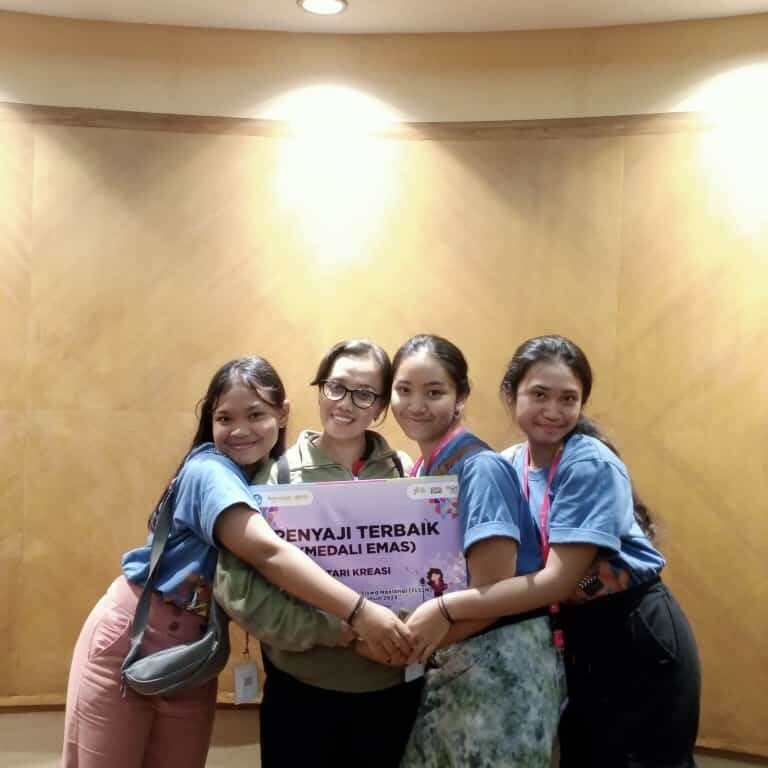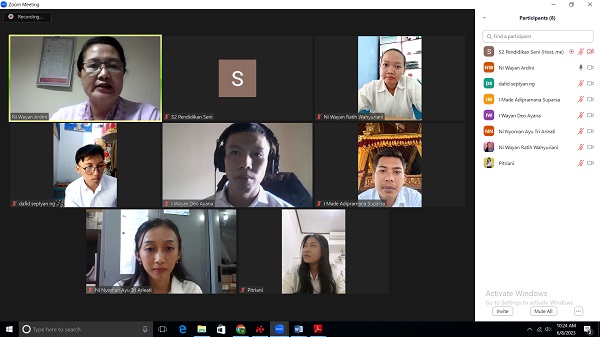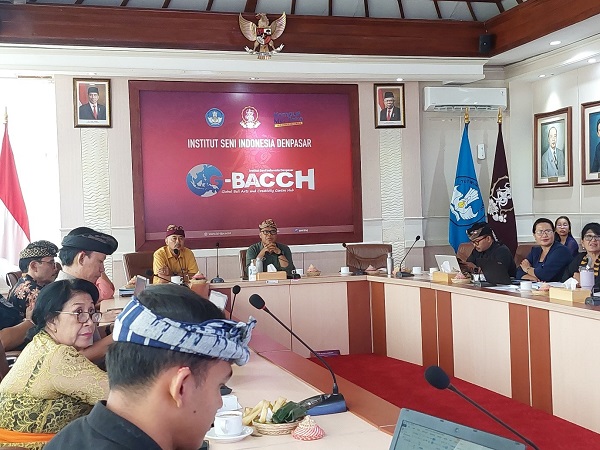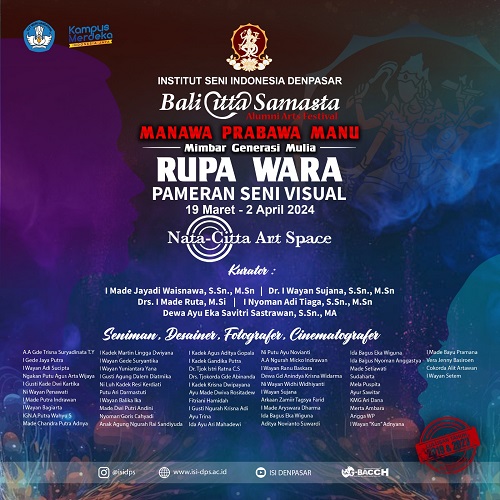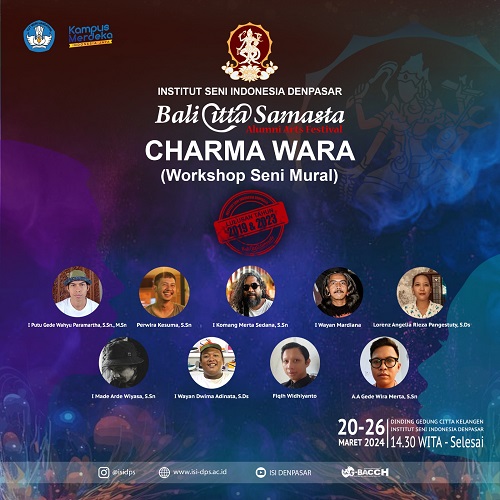 Post By. I Wayan Sudirana, Ph.D Candidate, ISI Denpasar Alumni
Post By. I Wayan Sudirana, Ph.D Candidate, ISI Denpasar Alumni
Introduction
The following paper is a brief biography of the Canadian composer and pianist, Colin McPhee, focusing mainly on his work as an ethnomusicologist. As a Balinese musician and composer, I am primarily interested in his works as they relate to Balinese culture. I will also introduce some of his western music compositions that were inspired by the gamelan music of Bali. I hope that by doing this project, I will gain a better understanding and insight into what Colin McPhee has done for my music as well as for the field of ethnomusicology in general.
When I was studying at ISI, the Institute of Arts in Bali, my teacher introduced me to a name of composer, Colin McPhee, who spent his time studying Balinese culture in Sayan, a small village outside of Ubud in central Bali. I wanted to study more about him and what he did to promote my culture among scholars in the world. As a Balinese person and on behalf of the Balinese community, I want to give my respect to Colin McPhee for all his works on behalf of Balinese culture, especially his masterpiece “Music in Bali”. In addition, I want to know more about his life as well as his research in other kinds of music or cultures in the world, and possibly to define the influence of Balinese music on his compositions.
Colin McPhee’s Life, Carrier, and Journey in Exploring Balinese Culture
Colin McPhee was a composer, pianist, and pioneer researcher on the gamelan music of Bali. He was born in Montreal on March 15, 1900 and raised in Toronto. His family and teachers recognized his talent in music when he was a child. Therefore, his family sent him to study at the Peabody Conservatory in Baltimore, Maryland in 1918. Later, in 1924, he continued to study piano with Isidore Philip and studied composition with Paul Le Flem in Paris. While he studied in Baltimore and Paris, he became a well-known musician in western music and returned to New York to establish himself as an important member of the musical avant-garde. He worked as a composer under the direction of his teacher, Arthur Friedheim who was a pupil of Franz Liszt. During that time, he was also busy performing, touring with the singer Eva Gauthier, playing for contemporary music concerts as well as giving solo recitals. Arthur Friedheim (1859-1932), an eminent pianist, wrote in his autobiography:
And the day has dealt kindly with me too, for I have received from far-off Java a letter from a former Toronto pupil, Colin McPhee, perhaps the most gifted pupil I ever had. His innate musical sense, his sturdy application and a striking personality marked him out for a brilliant career on the concert platform. I felt a personal sense of loss when, after I left Canada, he gave up the piano altogether and applied himself entirely to composition. Now he is in Java and other distant lands seeking new inspiration in the relatively unfamiliar native music. Yet I must not criticize him because he has neglected my favorite instrument. Did I not do the same thing when I was his age? (Friedheim 1961: 256)
Around the late 1920s, while Colin McPhee exploring his talents as a member of the New York Polyhymnia symphony, he became interested in the study and performance of music from different cultures outside of European music. When he discovered newly released recordings of the exotic music of Bali, it ignited an instant desire to perceive what kinds of instruments made such beautiful and intricately textured sounds. The vibrant timbres and complex rhythms of Balinese gamelan completely changed his life. In his book House in Bali, he wrote:
I was a young composer, recently back in New York after student days in Paris, and the past two years had been filled with composing and the business of getting performances. It was quite by accident that I had heard the few gramophone records that were to change my life completely, bringing me out here in search of something quite indefinable – music or experience, I could not at this moment say. (McPhee 1946:9)
As a composer, McPhee saw the instruments of the Balinese gamelan as a new resource for creating music, a “crystal, vibrant sound” (Oja 1984: 3) he had looked for since he was a child, but was ultimately unable to find in the world of western music. To understand this music became an obsession for him. McPhee described clearly the complex sound of gamelan in his letter to Dr. William Mayer after his Bali years (Oja 1984 : 3). In that letter McPhee explained that when he was 12 years old, he composed a piece for a children’s percussion band which he had various ideas for sound effects, but the effects were not satisfying his expectations. However, ten years later, he tried again incorporating glass wind chimes into a piano concerto, but it was not able to produce the exact sound he wanted. Surprisingly, at the moment he heard Balinese and Javanese music, the sounds that those instruments produced instantly achieved for him that elusive sonority he had looked for. Like others who sought to explore the island, such as the critic and novelist Carl Van Vechten, the Mexican artist Miguel Covarrubias, the painter George Biddle, and Jane Bello (who later become his wife), he sailed to Bali for the first time in 1930.
After staying in a special hotel for foreign guests for a time, Colin McPhee ventured out away from the other visitors and stayed in village of Kedaton, south of Denpasar (capital city of Bali). Balinese musical activity there was unbelievable to him, and people seemed to be very creatively free in their cultural life. In that era, there was a shifting of tradition or artistic centers from the palaces to the village banjar (Tenzer 1998 : 16). It was changing the way that Balinese people develop their traditions from the community’s perspective, though they still paid respect to the courts. Colin McPhee become fascinated with the unique culture of Bali as he started to explore the music had dreamed about. Because the Balinese are mostly a friendly people, he quickly found master Balinese musicians to study and transcribe the music, met friends in a Balinese friendship style and gathered information from everyone he met. One of them was I Nyoman Kaler, a Balinese musician deeply knowledgeable about the more ancient traditions. Kaler said that 20 years earlier, each palace would have had two orchestras. Outside of the palace would stand one gamelan with great gongs, which was used for ceremonies and to welcome the guest and inside the palace, and there was a little gongs and keyed instruments of delicate tone to play more romantic music. This Gamelan was called gamelan Semara Pegulingan, the gamelan of Semara, God of Love, (Young 1984 :15).



